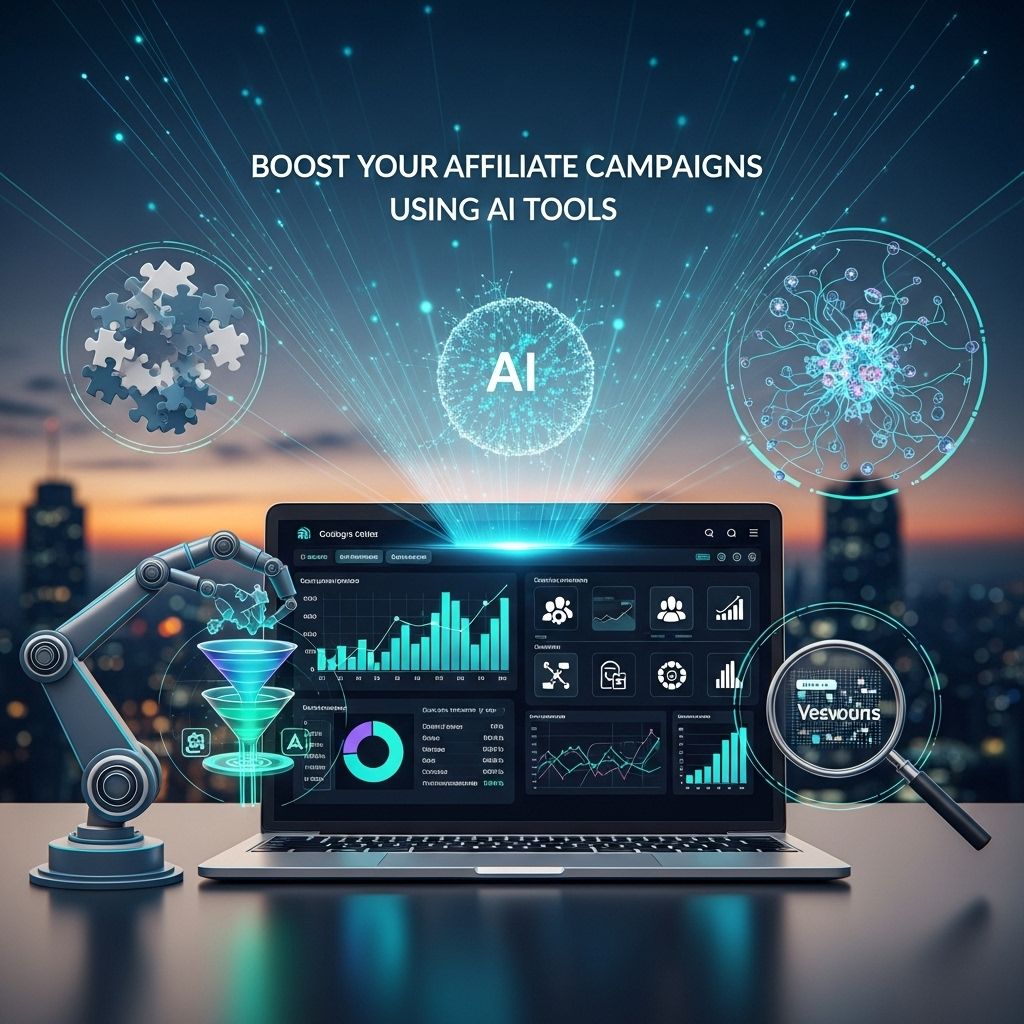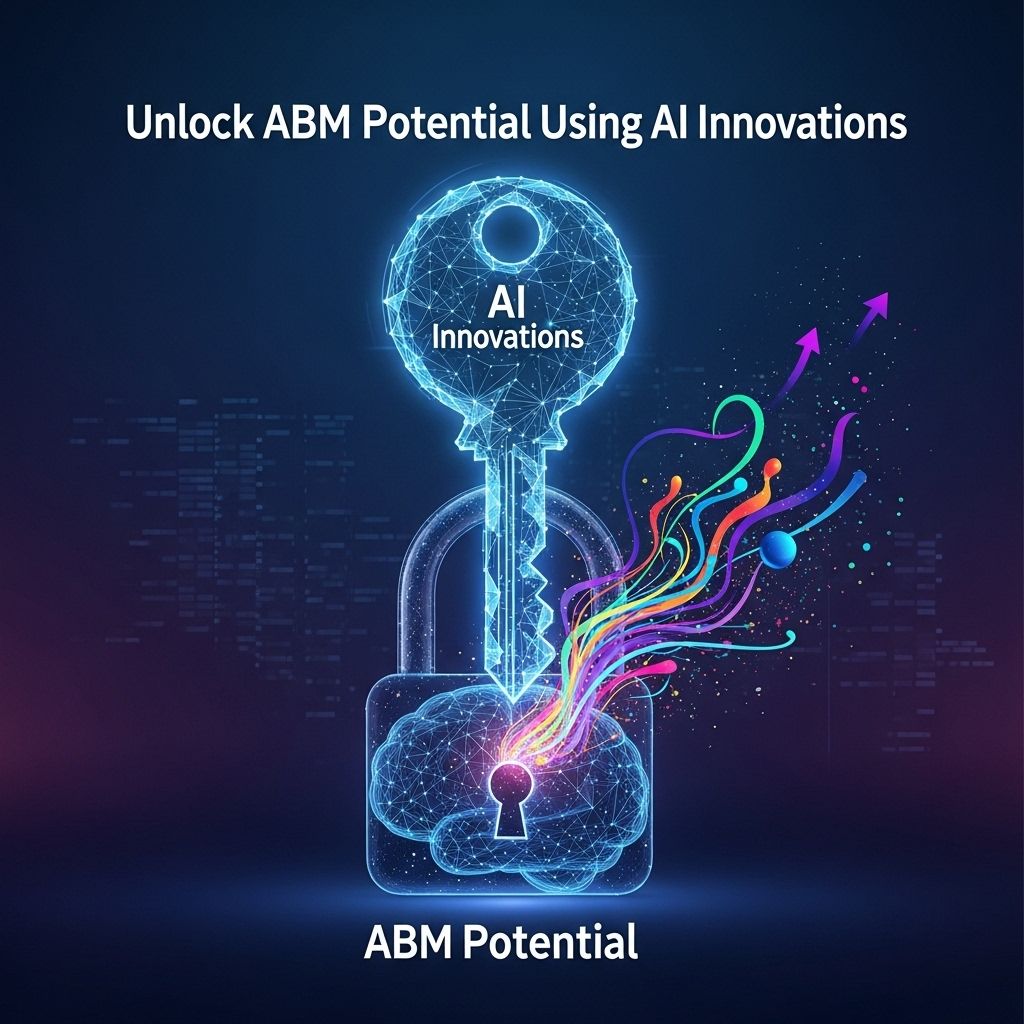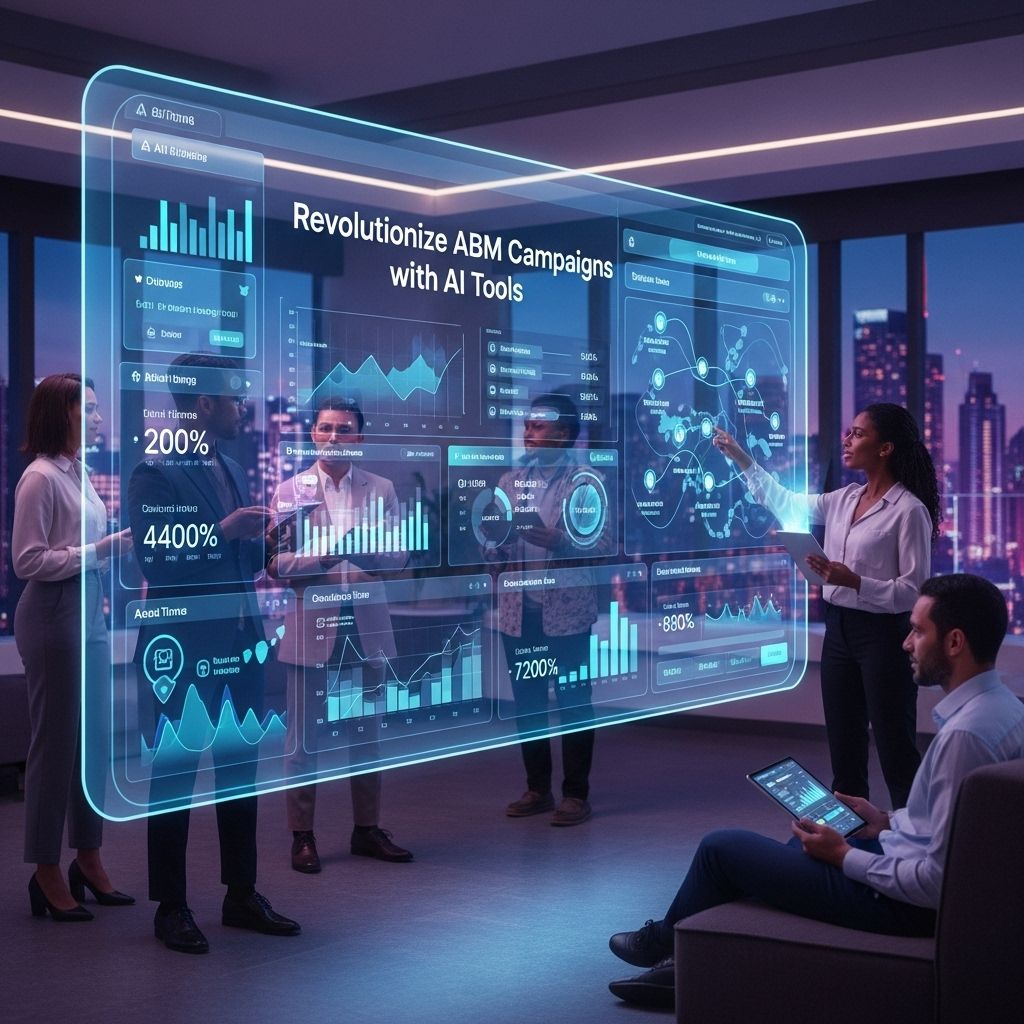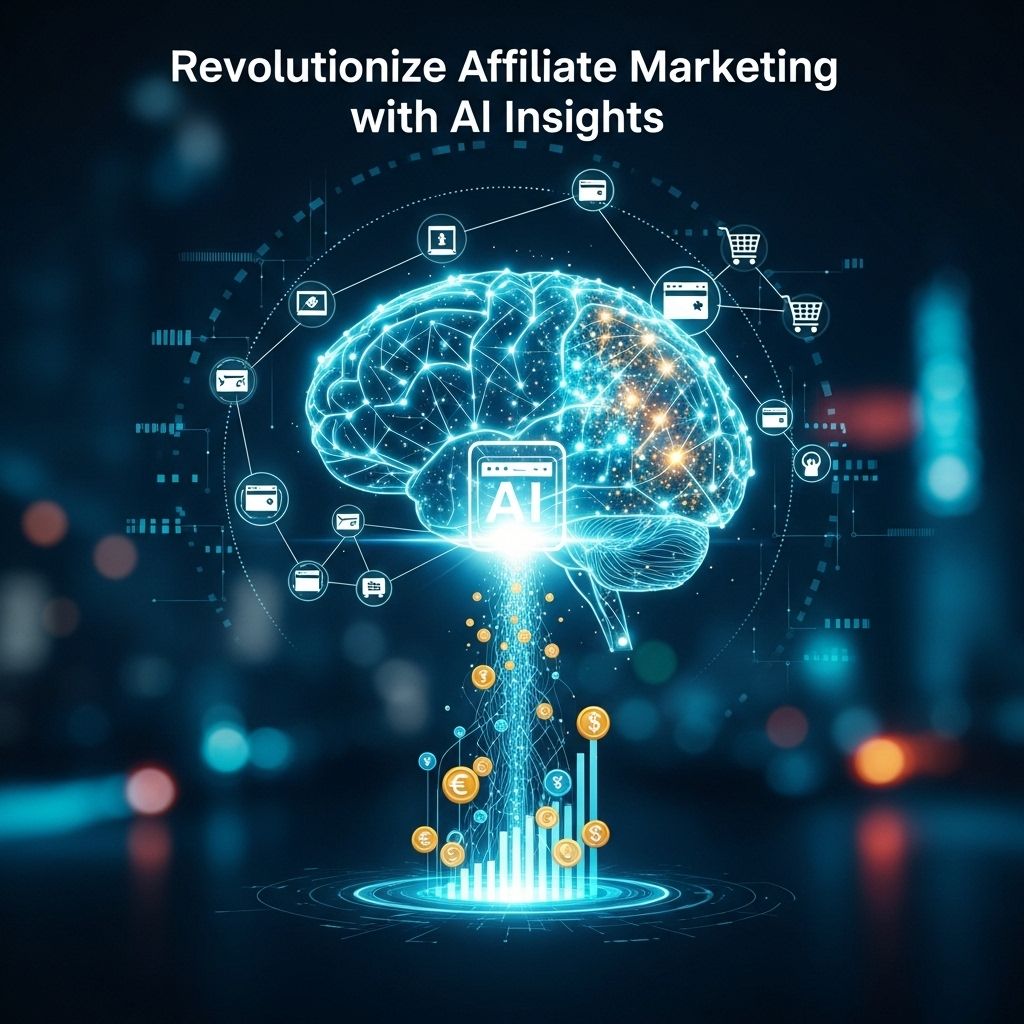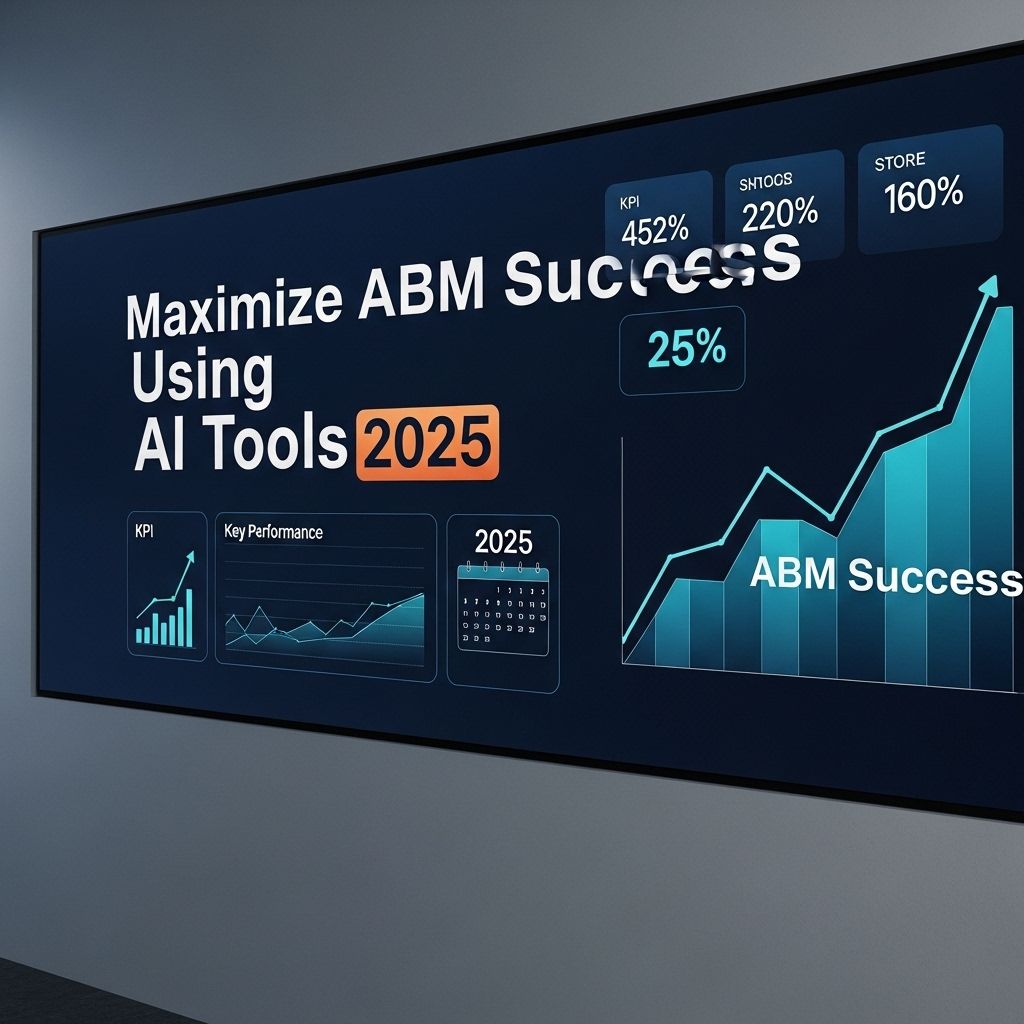AI Solutions for Effective ABM Campaigns in 2025
Explore innovative AI solutions to enhance your Account-Based Marketing campaigns in 2025 for better targeting and engagement.
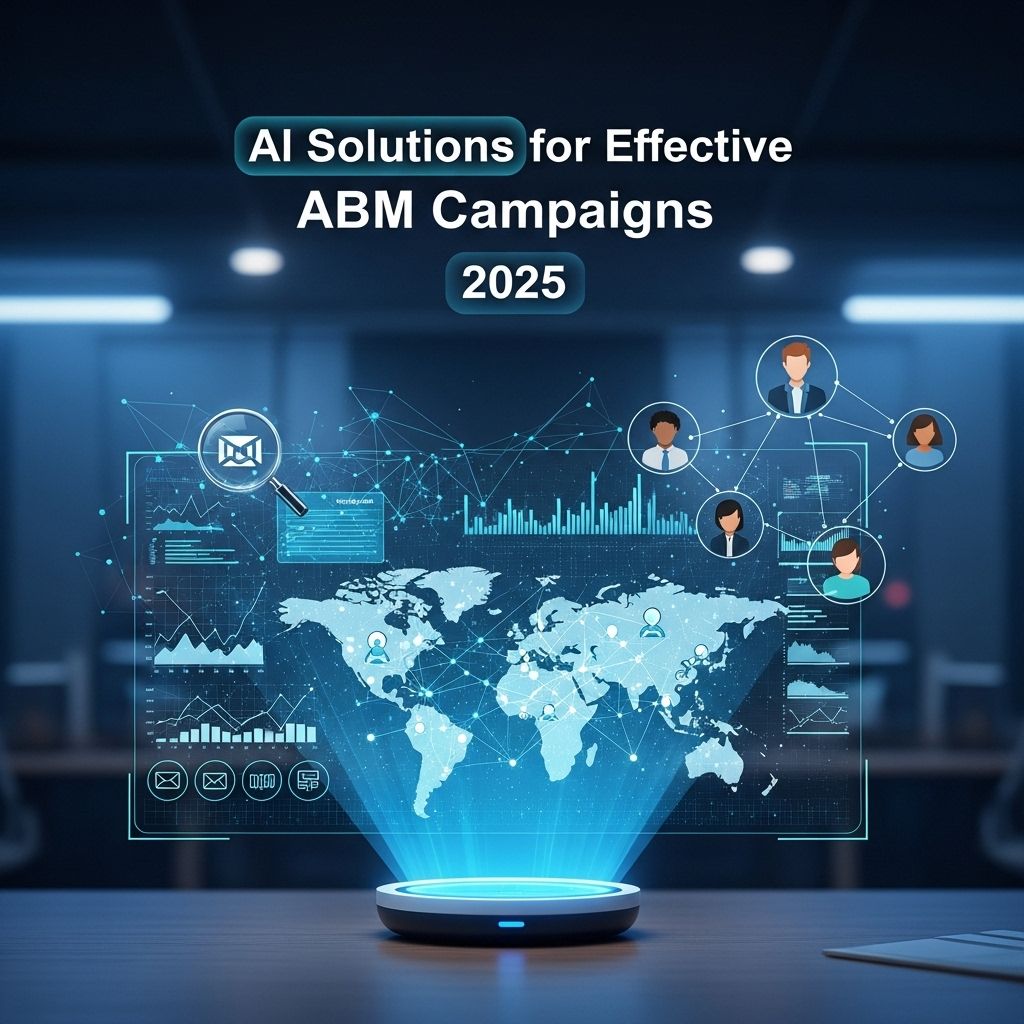
In an ever-evolving digital landscape, Account-Based Marketing (ABM) is becoming an essential strategy for organizations looking to maximize their outreach and improve ROI. With the increasing complexity of customer data and multi-channel engagement, leveraging AI solutions has emerged as a game-changer for marketers. This article delves into the various AI-driven strategies that can elevate your ABM campaigns in 2025, optimizing every aspect from targeting to engagement.
Table of Contents
Understanding Account-Based Marketing
ABM is a strategic approach where marketing and sales teams work together to target specific accounts as markets of one. Unlike traditional marketing that aims to reach a wider audience, ABM focuses on personalized engagement with high-value clients. The rise of AI technologies has transformed how businesses can implement ABM effectively, making it more precise and efficient.
The Role of AI in ABM
Data Analysis and Insights
AI can analyze vast amounts of data to help identify potential target accounts. Here’s how:
- Predictive Analytics: AI algorithms can analyze historical data to predict future behavior, allowing companies to prioritize accounts with higher chances of conversion.
- Lead Scoring: AI can automate lead scoring processes by analyzing multiple data points, ensuring that sales teams focus on the most promising leads.
Personalization at Scale
Personalization is crucial in ABM. AI tools can tailor marketing efforts to individual accounts through:
- Dynamic Content: AI can generate personalized web content based on user behavior and preferences, enhancing the user experience.
- Email Marketing: AI can tailor email communications based on the recipient’s previous interactions, increasing engagement rates.
AI Tools for ABM
There is a myriad of AI tools that can streamline and enhance your ABM campaigns. Here are some top solutions to consider:
| Tool | Description | Best For |
|---|---|---|
| Demandbase | Provides account intelligence and targeting solutions. | Identifying high-value accounts. |
| Engagio | Offers engagement analytics and orchestration. | Coordinating multi-channel campaigns. |
| 6sense | Utilizes AI to identify buying signals in accounts. | Predictive analytics and insights. |
| Terminus | Focuses on multichannel engagement strategies. | Driving personalized outreach. |
| HubSpot | Offers marketing automation with AI-driven insights. | Streamlining marketing efforts. |
Implementing AI in Your ABM Strategy
Step 1: Define Your Ideal Customer Profile (ICP)
The success of your ABM campaign starts with a well-defined ICP. Use AI tools to analyze existing customer data to identify common traits among your best clients.
Step 2: Leverage AI for Account Selection
Utilize AI algorithms to sift through data and identify accounts that align with your ICP. Machine learning models can help identify accounts that show intent signals indicative of a buying journey.
Step 3: Personalize Outreach
Once you have targeted your accounts, use AI to create personalized marketing messages tailored to those accounts. This can include:
- Custom video messages.
- Targeted social media campaigns.
- Personalized landing pages.
Step 4: Measure and Optimize
Implement AI tools to continuously analyze campaign performance. Look for metrics such as:
- Account engagement rates.
- Conversion rates.
- Return on investment.
Challenges in Integrating AI into ABM
While the benefits of AI in ABM are clear, organizations may face challenges, including:
- Data Quality: Poor quality data can lead to inaccurate insights.
- Integration Issues: Integrating AI solutions with existing systems may require significant resources.
- Change Management: Employees may need training to adapt to AI technologies.
Future Trends in AI and ABM
Greater Automation
As AI technologies evolve, we can expect an increase in automation within ABM strategies, allowing for more hands-off engagement processes.
Enhanced Predictive Capabilities
Future AI solutions will likely provide even more advanced predictive analytics, enabling organizations to anticipate customer needs with greater accuracy.
Integration of AI with Other Technologies
AI will increasingly be integrated with other emerging technologies like blockchain for secure data handling and AR/VR for immersive marketing experiences.
Conclusion
In 2025, the landscape of ABM will be transformed by the power of AI. By embracing AI solutions, organizations can enhance their targeting, personalize engagements, and ultimately drive better results. The key is to continuously evolve and adapt these technologies to stay ahead in the competitive world of digital marketing.
FAQ
What are AI solutions for ABM campaigns?
AI solutions for Account-Based Marketing (ABM) campaigns leverage machine learning and data analytics to identify target accounts, personalize messaging, and optimize campaign performance.
How can AI improve targeting in ABM?
AI can analyze vast amounts of data to identify high-value accounts based on their behavior, demographics, and engagement, allowing marketers to focus their efforts on the most promising leads.
What role does personalization play in ABM with AI?
Personalization is crucial in ABM, and AI enhances this by providing insights into individual account preferences, enabling tailored content and messaging that resonates with specific audiences.
Can AI automate tasks in ABM campaigns?
Yes, AI can automate repetitive tasks such as data collection, lead scoring, and campaign reporting, freeing up marketing teams to focus on strategy and creative development.
What metrics can AI help track in ABM campaigns?
AI can track various metrics such as account engagement, conversion rates, and ROI, providing marketers with actionable insights to refine their strategies.
How will AI shape the future of ABM in 2025?
By 2025, AI is expected to play an even more integral role in ABM, with advancements in predictive analytics and natural language processing enhancing targeting, personalization, and overall campaign effectiveness.


